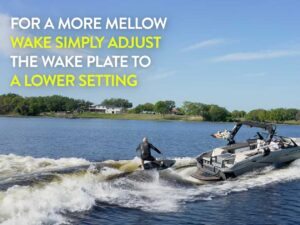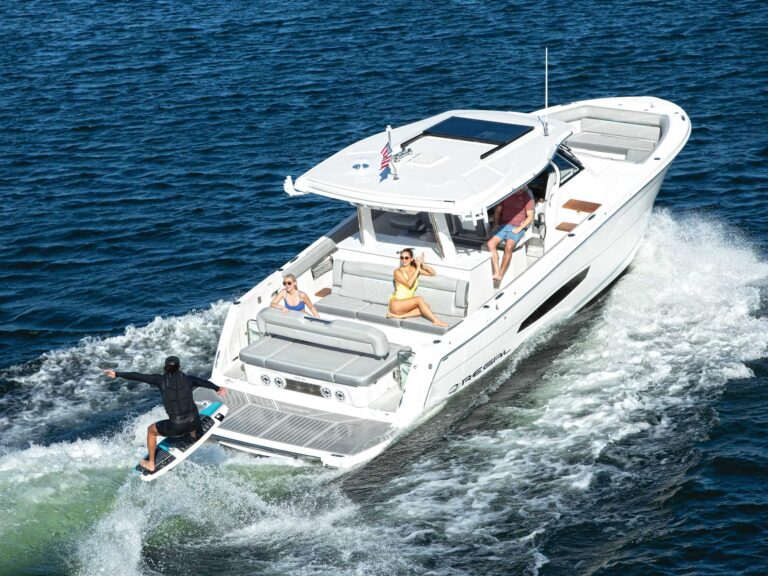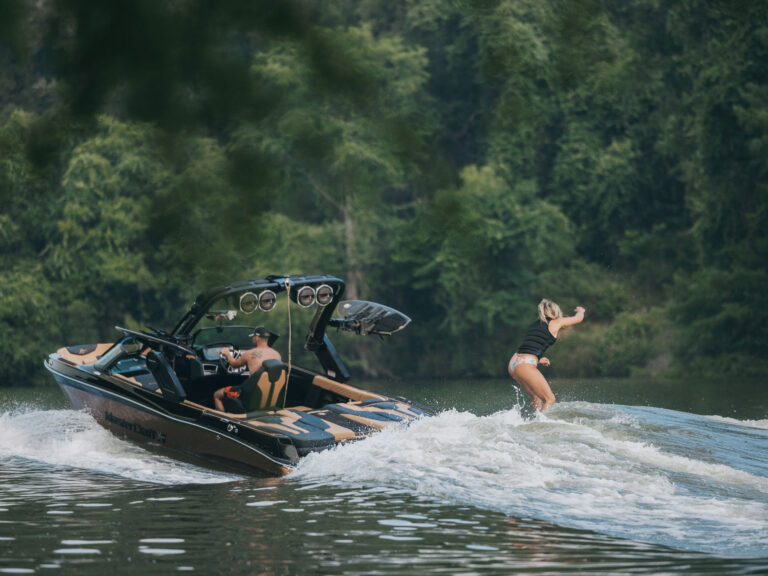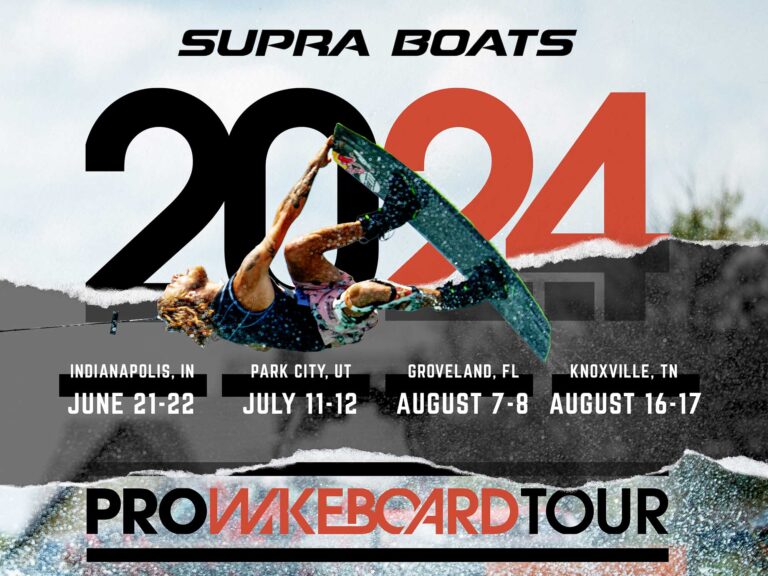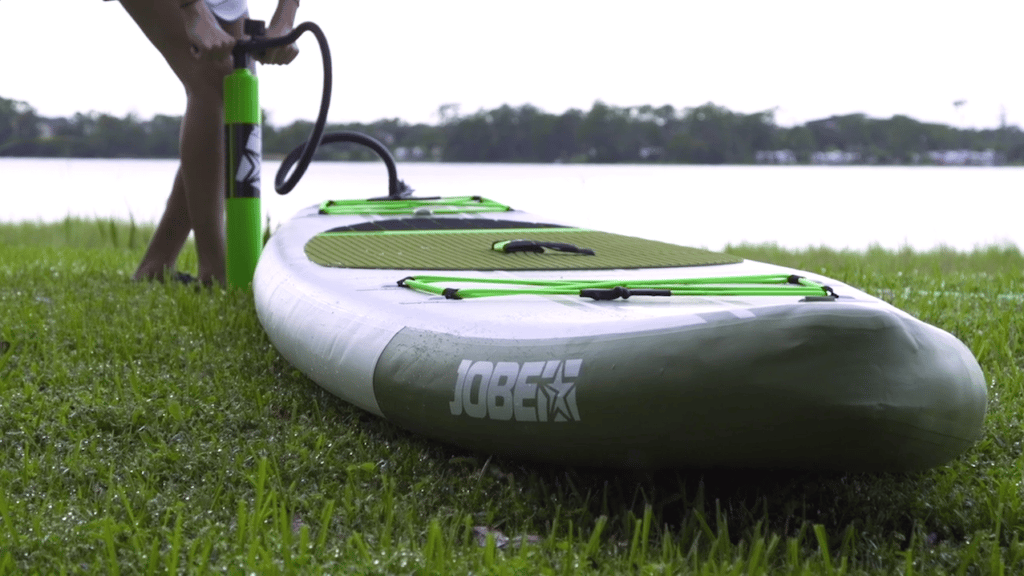
Stand-up paddleboarding has burst onto the beach scene in recent years and is the fastest growing water sport in the world.
With the rise in popularity, many paddleboarders often forget that being on a paddleboard requires the same safety precautions and vigilance as any other activity on the water. With National Safe Boating Week underway, now is a perfect time to brush up on some paddleboarding tips and most importantly, water safety practices.
The first thing to know about stand-up paddleboarding is that a paddleboard is a vessel when used “beyond the narrow limits of a swimming, surfing or bathing area.” If a paddleboard is used within a designated “swimming, surfing or bathing area,” the Coast Guard does not consider it to be a vessel.
What does this mean for you? When using a paddleboard beyond the limits of the swimming, surfing or bathing area, you need to be as prepared as you would be when using what is considered a traditional vessel, which includes wearing a life jacket.
Whether you are a seasoned paddleboarder or new to the activity, here are some other tips when it comes to using stand-up paddleboards.
- Wear a lifejacket and carry a whistle
- Be a competent swimmer
- Know how to self rescue
- Know how to tow another board
- Know the local regulations and navigation rules
- Understand the elements and hazards – winds, tidal ranges, current, terrain
- Know when to wear a leash
- Be defensive – don’t go where you aren’t supposed to be and avoid other swimmers, boaters, paddleboards
- Use proper blade angle to be the most efficient paddle boarder
- Take a safety course
And remember… have fun and be safe!
